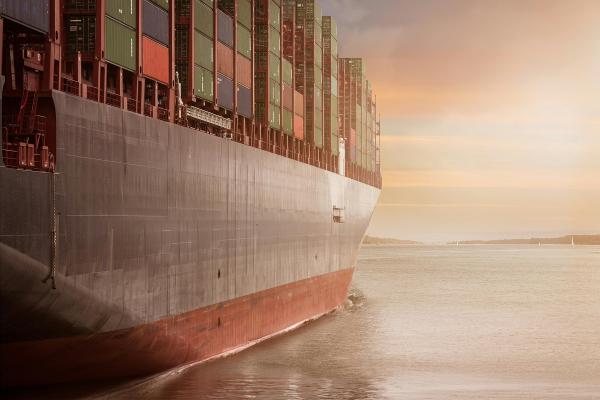Let’s say you have:
- a Python REST API and you uses Docker to containerize it.
- two environments (Production and QA) on Azure Cloud Services.
- a DevOps pipeline that builds and push the Docker image to a Container Registry on Azure and tag the latest image with latest tag.
Next, you have a DevOps branch policy to trigger a build pipeline on:
- an Individual CI trigger when something is pushed to
main. - a Pull Request (PR) trigger where you want to merge into
main.
With the above, the result is that DevOps creates an image tagged latest on both triggers.
Wouldn’t it be better to distinguish the two builds and be able to test the PR build on the QA environment?
Yes, it would.
Here is how to modify the pipeline.
Modifiy the Pipeline
To begin, let’s define the need:
- on a PR trigger, we want to push an image tagged
ready-for-qa. - on a Merge Request or Individual CI on
main, we want to push an image taggedlatest.
Next, you need to define a variable in the azure-pipelines.yml file:
|
|
You’ll use it in the bash script that allows defining in which scenario the build falls into.
Under the stages > jobs > steps section, you should have one step:
|
|
Let’s modify this in three steps:
- Define the image tag.
- Build and push an image to container registry with the
ready-for-qatag. - Push latest tag for non-PR builds
Define The Image Tag Variable
Under the steps, add a new step of type bash:
|
|
The script checks the variable isPullRequest.
Then, if it’s true, it creates and sets a variable imageTag to ready-for-qa.
Otherwise, it sets the variable to the build identifier.
Build And Push An Image To Container Registry With The ready-for-qa Tag
This step is actually the same as the original step except for the tags.
So instead of:
|
|
We have:
|
|
Build and Push Latest Tag for non-PR Builds
Finally, here is the last step.
You see that it’s almost the same as the original single step but we added a condition to decide whether or not to run it:
|
|
Basically, if the build succeeds and that the Build.Reason isn’t PullRequest, then it will run.
Otherwise the pipeline skips it.
Modifiy the Container App resource
Once you see the ready-for-qa tag appear in the Container Registry, you simply to create a revision of your Container App configuration on the QA environment.
Under the section Image, select the image and select the tag ready-to-qa.
Make sure to click Save and Create.
After a couple of minutes, check the Revisions and replicas blade under the Application menu blade. If all is green, go ahead and test your application.
Another Alternative
Though this works, I have implemented another workflow that relies on a main branch for production builds and develop for QA builds. Then, we don’t rely on the type of CI (e.g., Individual CI vs. Pull Request) but on the branch name.
You can read this article describing the steps to configure the pipeline in such a way.
Follow me
Thanks for reading this article. Make sure to follow me on X, subscribe to my Substack publication and bookmark my blog to read more in the future.
Photo by Pixabay.
